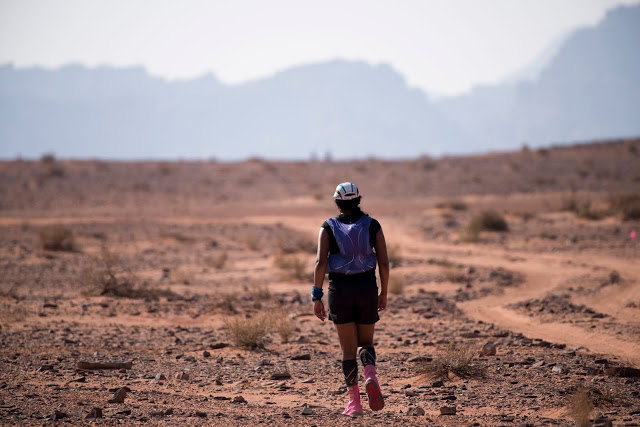

With the events that I’ve done, some of my favourite ones have been in hot, hot weather. I love it. Besides the memorable tan lines that appear (strong tan lines make for good storytelling afterwards), people often ask me, how do I train and prepare for a hot race. After all, most of the time, the UK isn’t exactly known as having a hot climate. When you’re running or cycling in hot weather, if you’re not used to it, it can hit you hard. So if you’ve got a run or triathlon coming up in hot weather, here’s some tips that will help you prepare for it.

Find out what the weather is usually like around that time of the year. It’s basic, but will help you with the rest of what I’m going to say. 25 degrees celsius (77 farenheit) is very different to 32 degrees celsius (89 farenheit). Heat chamber Find a heat chamber. They sound scarier than they actually are. In London, St Mary’s University has a section on heat and altitude training, with a heat chamber open to the public. You book a session (either on the watt bike or treadmill) and tell them how how hot and humid you want the room to be in. This is why it can be good to have an idea of what the weather and temperatures are like at your race location at the time of your event. The scientists can adjust the room temperature and humidity levels. Before you begin, they weigh you and weigh you at the end to see what you’re sweat loss is like. They make some suggestions about whether your water intake during the running session in the heat chamber was enough or not.
These sessions at the heat chamber aren’t necessarily for doing running or cycling intervals or going all out. Going steady at low zone two is good. The aim of doing them in the heat chamber is to help you acclimatise to the heat.

Hot yoga Heat chamber sessions can be more on the pricier side of things but if you’re on a budget there are other options, like hot yoga. These sorts of sessions would be done in the final 4-5 weeks before your race. Hot yoga will have a double purpose – yoga will help you in building strength in key muscles, but doing so in the heat will also help you to get used to the heat in short bursts.
Sauna If hot yoga is out of your budget, this is a good alternative to heat acclimatisation. In the final few weeks before your event, getting into a sauna can help with getting used to the heat. Go for a run and then hop into the sauna afterwards. This will help you not only with recovery and relaxation, but (like i keep saying), the heat will help with getting you used to the warmer temperatures.

Wearing layers. Lots of layers I’ll be honest in that I’ve not tried this technique, but a few people I know who trained for Marathon des Sables mentioned they did this during the colder months in their training for Marathon des Sables. The point of wearing layers is that it helps to increase your body temperature and just getting used to running when you’re warm.

Have you got an event coming up that’s in a hot weather climate? Let me know. Is there anything else you would add to this? Put them in the comments below.